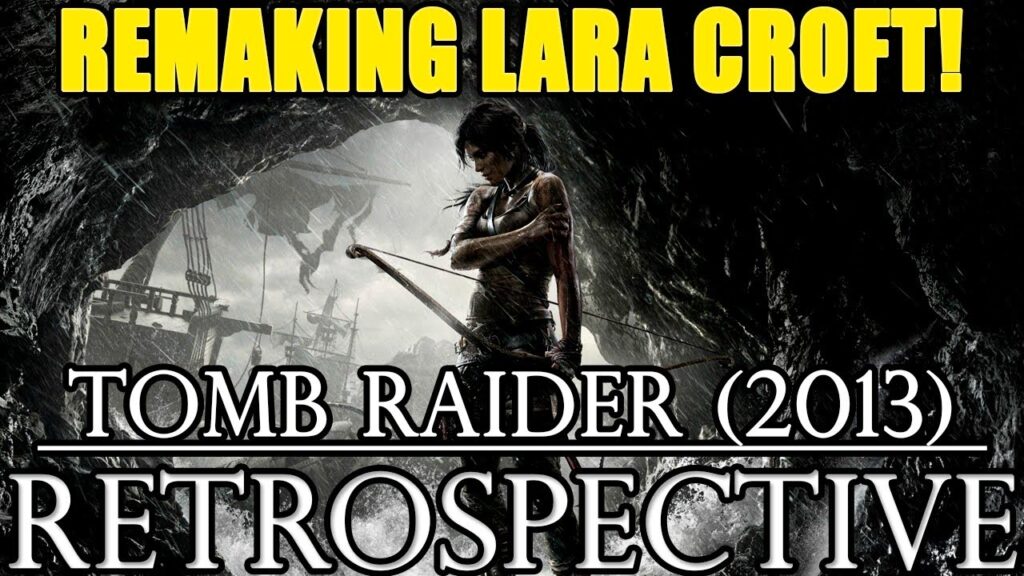The Tomb Raider franchise, which debuted in 1996, has become one of the most beloved video game franchises to date. The original Tomb Raider trilogy introduced the iconic character Lara Croft, while the franchise’s reboot in 2013 with a new game simply titled Tomb Raider breathed fresh life into the series. The success of the reboot led to two sequels, Rise of the Tomb Raider and Shadow of the Tomb Raider. Several spin-off games, comic books, and novels have since been released, with a new game reportedly in development and a movie adaptation set to be released in 2022.
The Evolution of the Tomb Raider Franchise: A Retrospective
The Tomb Raider franchise made its debut in 1996 with the release of the first game of the series, developed by Core Design and published by Eidos Interactive. Since then, it has become one of the most beloved and recognizable video game franchises in history.
The Original Trilogy
The original Tomb Raider trilogy consisted of three games: Tomb Raider (1996), Tomb Raider II (1997), and Tomb Raider III (1998). These games introduced players to the iconic character of Lara Croft, a British archaeologist who embarks on dangerous missions to find lost artifacts scattered around the world.
The games were praised for their groundbreaking graphics, complex level designs, and challenging gameplay. However, they also faced criticism for their problematic portrayal of Lara Croft, who was often objectified and sexualized, and their lack of diversity.
The Revival
After several less successful entries in the series, the Tomb Raider franchise was rebooted in 2013 with a new game simply titled Tomb Raider. Developed by Crystal Dynamics and published by Square Enix, the game received critical acclaim for its innovative gameplay, emotional storytelling, and more realistic portrayal of Lara Croft.
Tomb Raider also introduced players to a new version of Lara Croft, who was younger, more vulnerable, and more relatable. The game explored her origins as an archaeologist and her transformation into the fearless adventurer that fans know and love.
The Trilogy Conclusion
The success of the Tomb Raider reboot led to two sequels: Rise of the Tomb Raider (2015) and Shadow of the Tomb Raider (2018). These games continued the story of the new Lara Croft, exploring her growth as a character and her ongoing battle against the shadowy organization known as Trinity.
While both games received positive reviews, some fans felt that they lacked the emotional depth and innovation of the first game. Nevertheless, they provided satisfying conclusions to the trilogy and cemented the status of the new Tomb Raider as one of the best action-adventure franchises of the modern era.
Spin-Offs and Future Prospects
Aside from the main trilogy, the Tomb Raider franchise has also produced several spin-off games, such as Lara Croft and the Guardian of Light (2010) and Lara Croft and the Temple of Osiris (2014). These games adopt a more arcade-style gameplay and focus on co-op or multiplayer modes, rather than the single-player experience of the main games.
The future of the Tomb Raider franchise looks bright, with a new game reportedly in development and a movie adaptation set to be released in 2022. The franchise has also expanded beyond video games, with a series of comic books and novels, as well as a recent Netflix anime series that explores the early adventures of Lara Croft.
Conclusion
The Tomb Raider franchise has come a long way since its inception, evolving from a groundbreaking but problematic series into a modern classic. With its innovative gameplay, emotional storytelling, and relatable characters, the new Tomb Raider has cemented its place as one of the most beloved and respected franchises in video game history.
